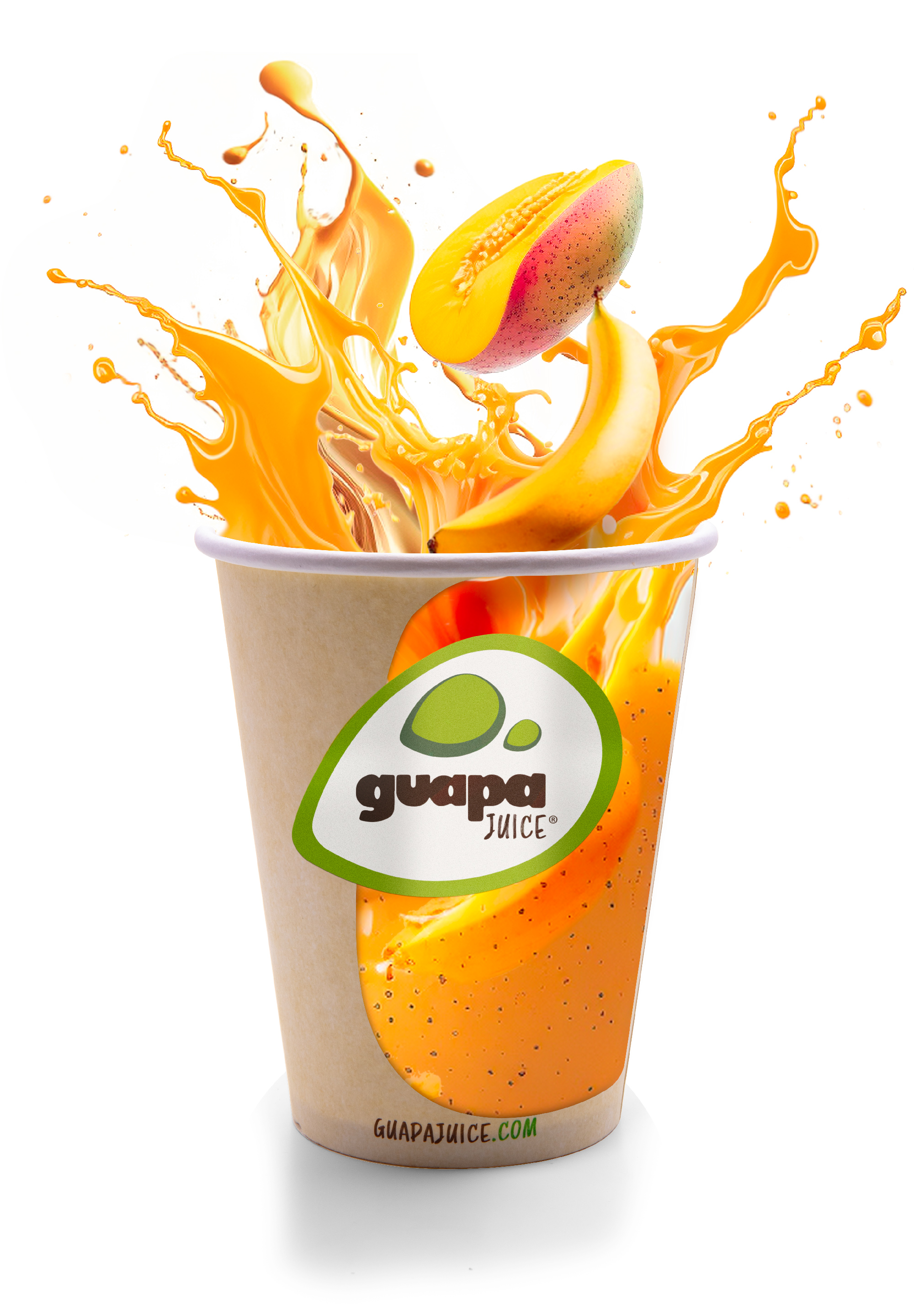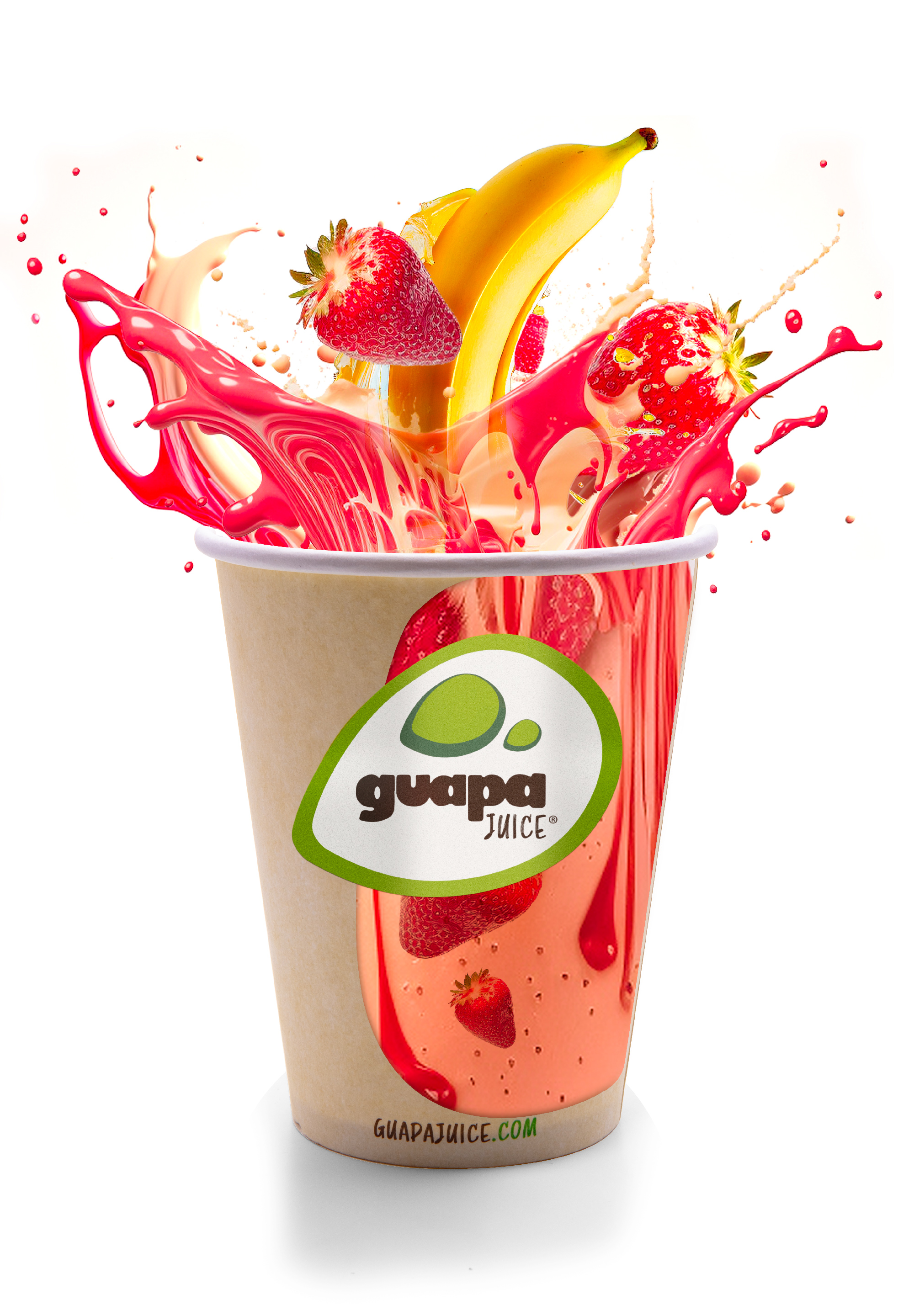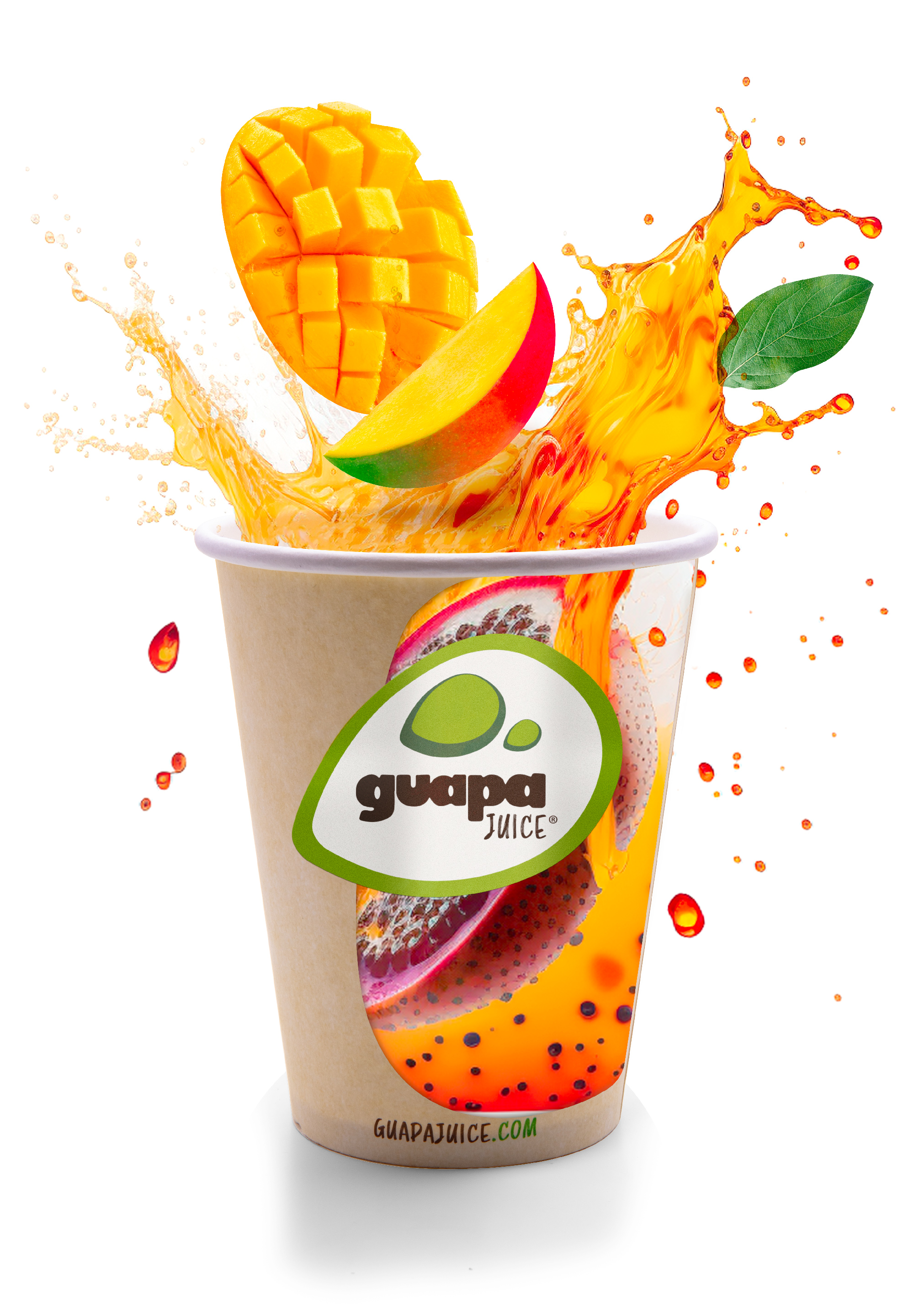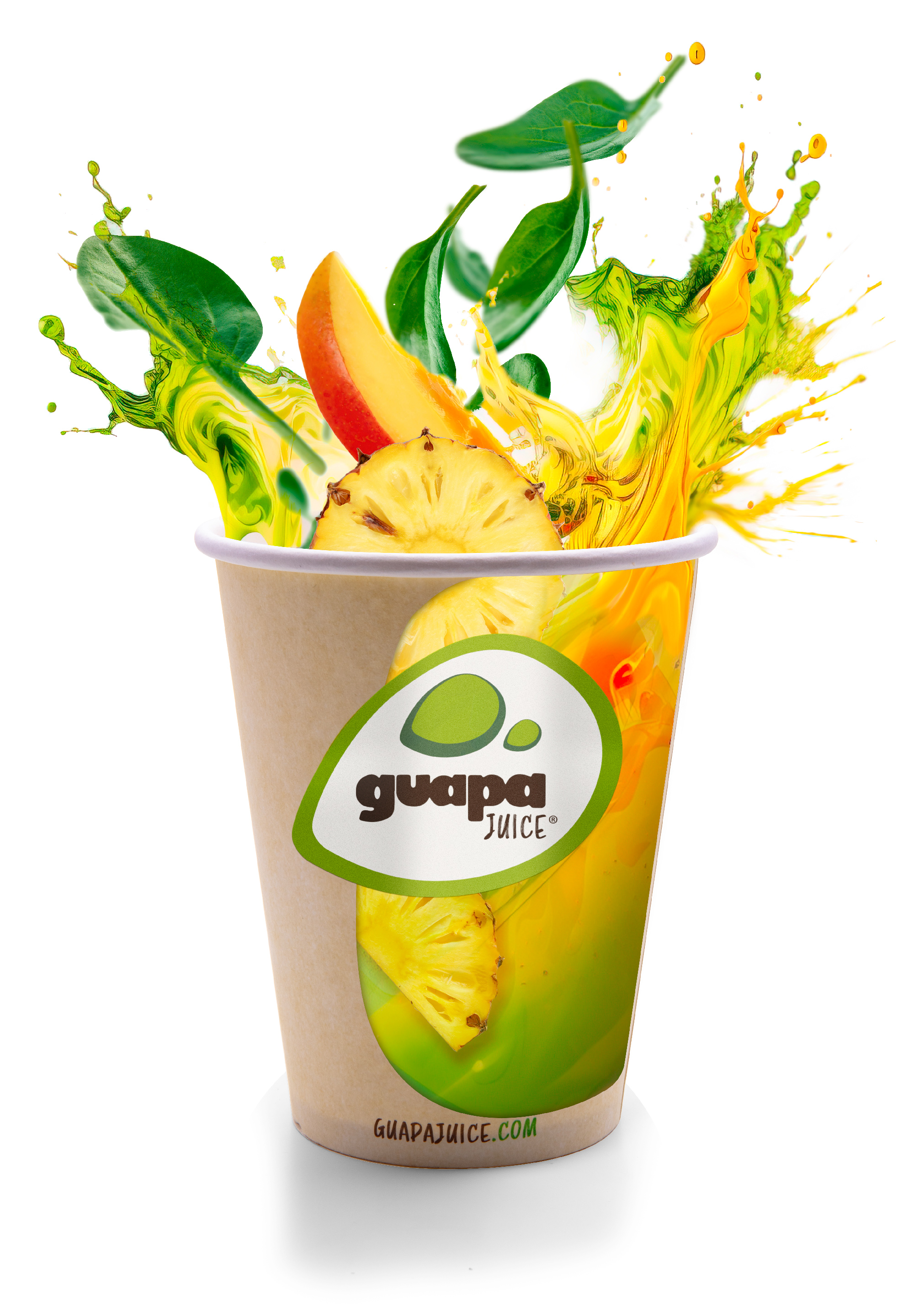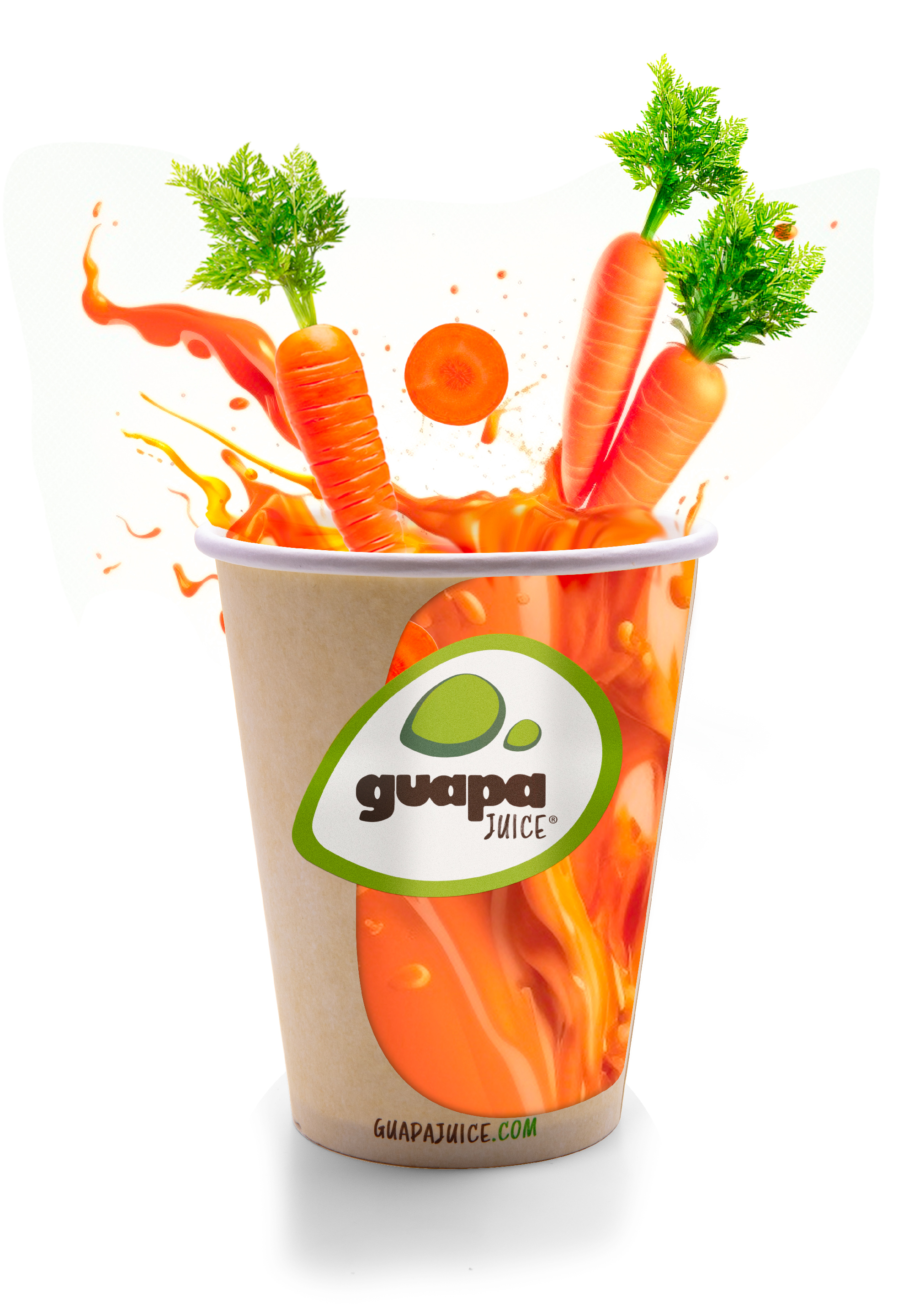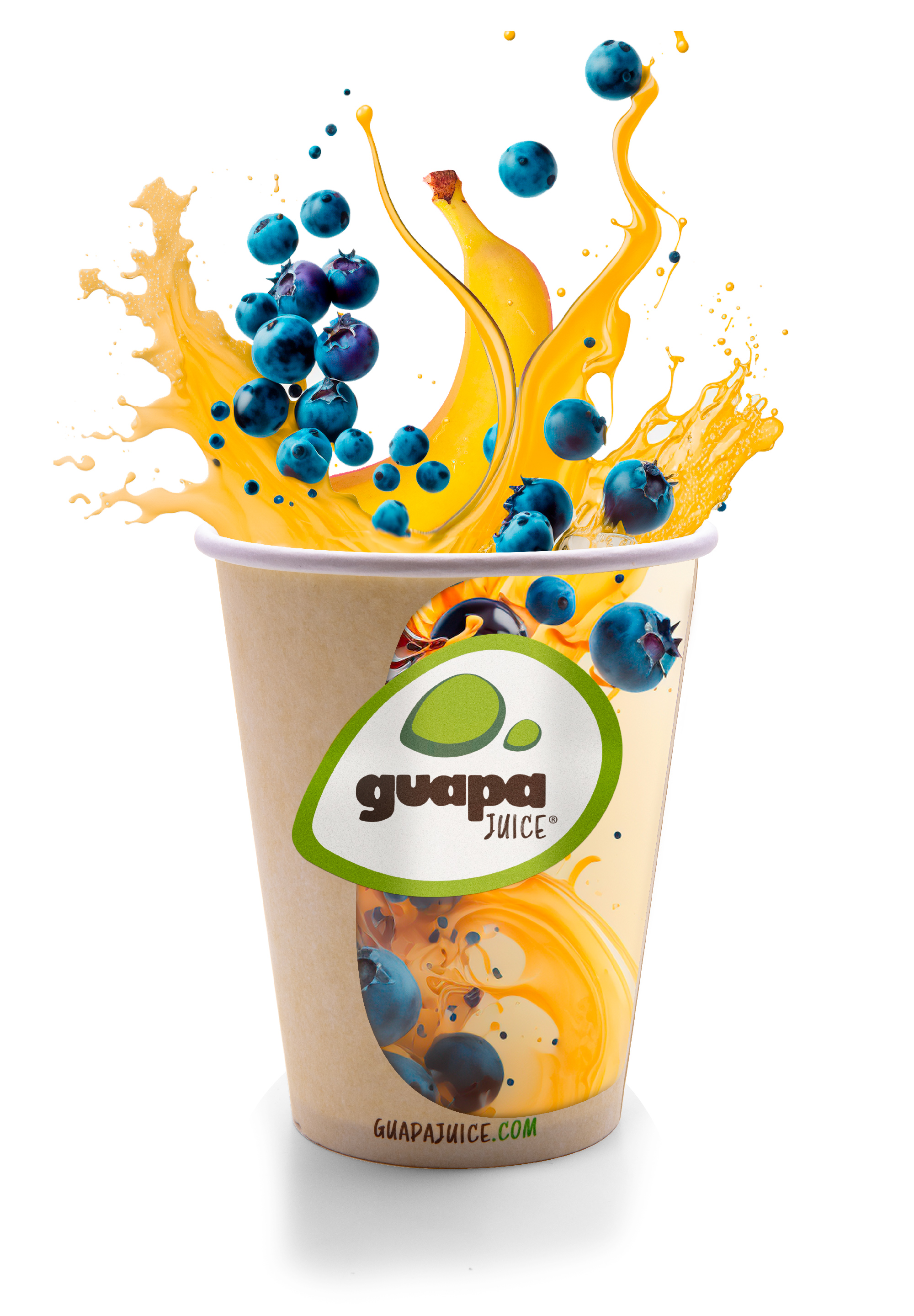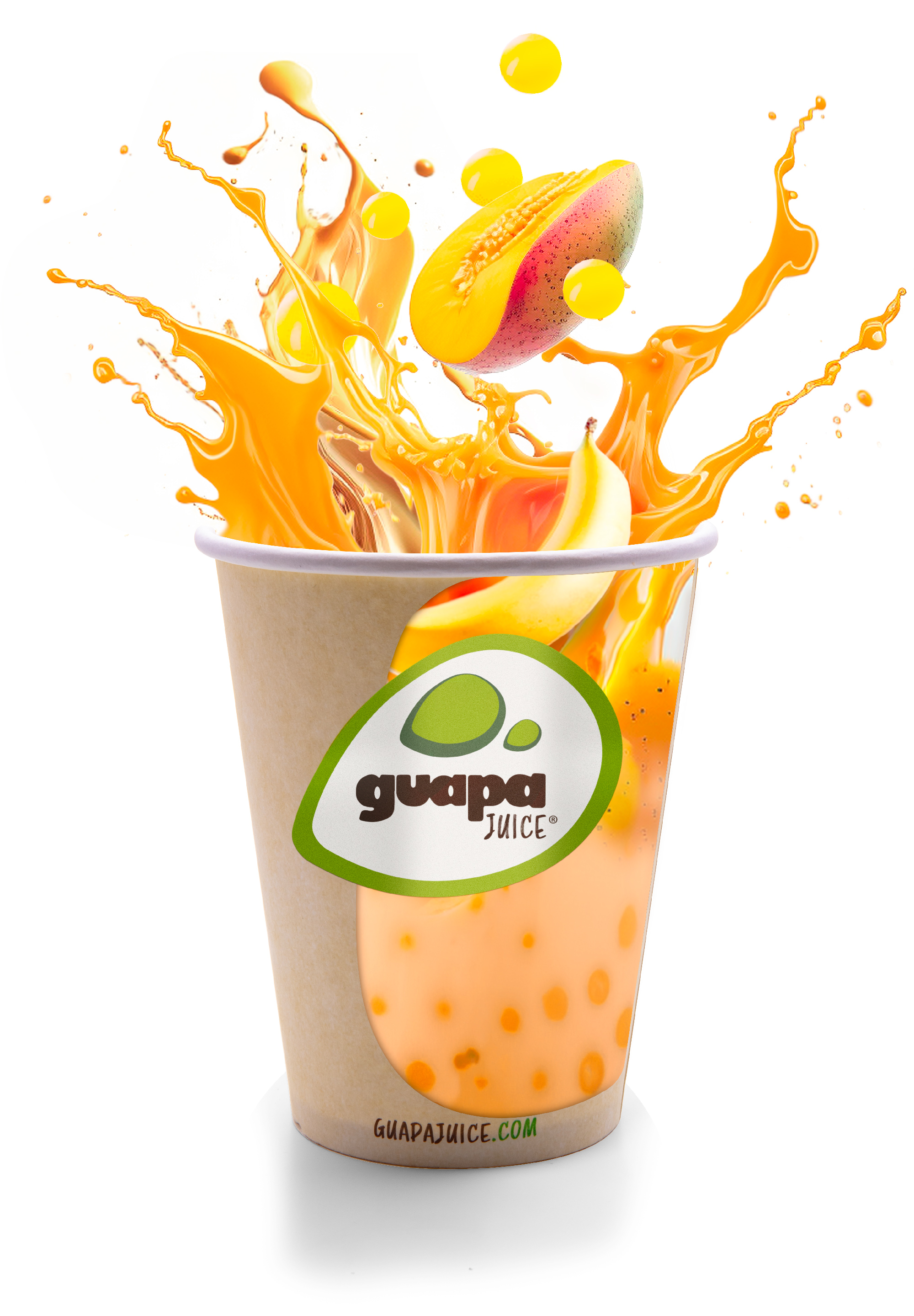Digitizing Vehicles in Semi-Automated Studios
Case Study
Pix My Car
Automotive Digitization Automation
Client
Orkis Systems
Date
Summer 2015 to 2017
The Missions
-
Proof of Concept
-
Mobile App Development
-
Bring to Market
-
Marketing & Research
-
Documentation & Training
The Goal
Elevate EU 2nd Hand Automotive market digital experience to a whole new level of accuracy and interactivity
European automotive market differs from north american, and in France in particular limitations to online payments, credit card authorizations and legal details before being able to put a vehicle on the road restrain fully automated car vending machine or online second hand vehicle retailers such as the famous CARVANA.
That being said, the digital era requirements to bring the customer to your shop instead of another are equally challenging : in less than ten years, the amount of prospects went from at least 3 to 4 visits before buying a used car to less than 1. Long story shot : the prospect has chosen it's vehicle online before going to the retailer. This is where user experience and product description exhaustivity make the whole difference.
The only thing worse than being blind is having sight but no vision.
-

PMC Bmodel
-

PMC Infra Diagram
-

PMC Optical Rules
-

PMC Sample Diagram
-

PMC Sample Mini Van
-

PMC Sample Result
Building the concept
At the core of the concept the idea is to bring the 360° experience that many customers already know in product such as Google Street View (Navigation) and Matterport (Real Estate) to any vehicle online product sheet. This should be performed without the costly and time-consuming need for a video production or digital marketing agency, but instead the workflow would be enabled in-house or via 3rd party on-the-go contractors using affordable and reliable devices to execute the digitization process, and a smooth and scalable Digital Assets Management Software to manage the quality assessment and publishing.
First proof-of-concept took 6 months to deliver, consisting of an improved version of Ajaris Orkis System DAM software with ability to handle complex assets composed by a multitude of picture assets in addition to state of the art web-friendly player easy to embed in customers websites. This went with plans and guidelines for building or improving remote controlled vehicule photobooths easily embeddable in a processing factory or a warehouse, using the opensource APIs for Canon Cameras and cinema lighting techniques. To speed up the process we included some heavy duty robotic platforms able to lift and rotate vehicle up to 3.5t, All wrapped in a user friendly interface with automatic correction of lighting, white balance and focus for easy maintenance.
After the succesful delivery of the 1st main iterations, levers of improvement emerged that allowed to split the concept into a scalable solution, which eventually has been forked into a Mobile App Based Solution and a Heavy Duty Improved Photobooth, available in two sizes for motorbikes up to minivans.
Live Demo
The Result
A full digitization workflow takes 8 minutes and can be performed both locally inside dedicated studios or "on-the-field" with a pocket camera and a mobile device, allowing high productivity in every context.
No extra knowledge of photography technique is required : the agent is driven by the app along the full process which is designed to remain simple and friendly.
Concept has succesfully been extended to a various range of industrial customers, from STVA (Automotive Railway Logistics Network) to Aramis Auto (one French leader of 2nd Hand automotive processing) and Dubreuil Group (the very 1st french fully automated digitization photobooth proof of concept).








